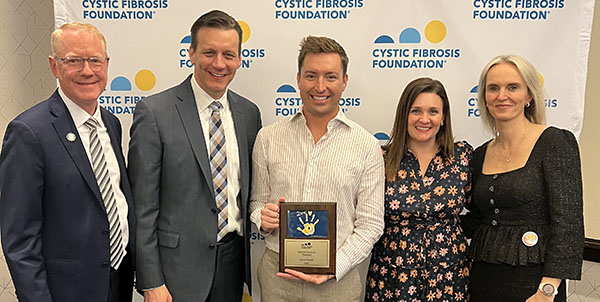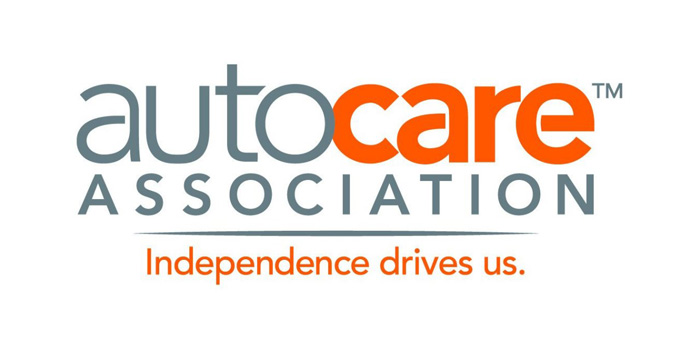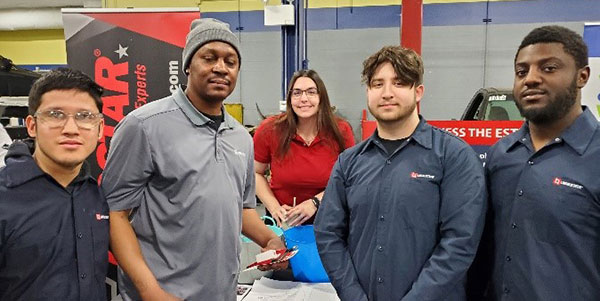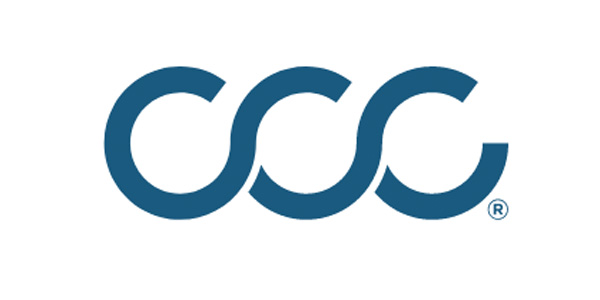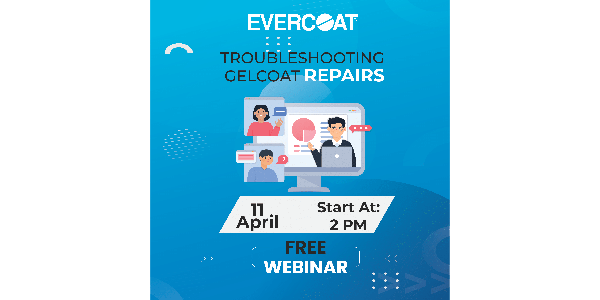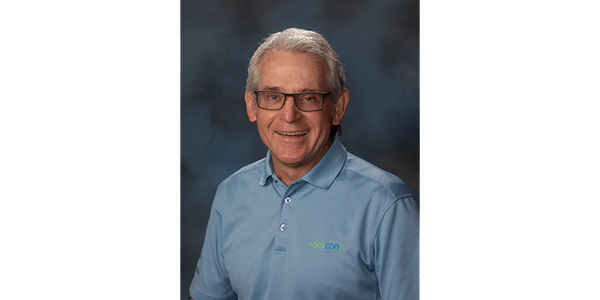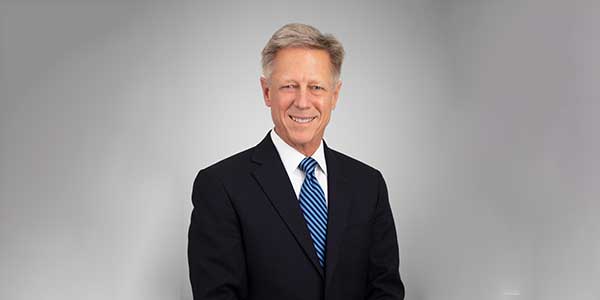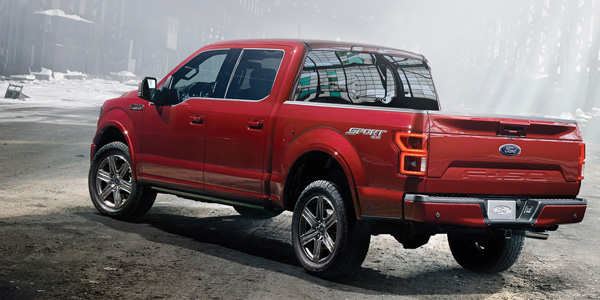
When Ford brought out the aluminum F-150, body shops panicked. That panic has subsided and turned into apprehension, but also acceptance of the role aluminum is playing in the collision repair industry.
What had been a fear for many has turned into revenue generation for others. The value of the knowledge and equipment has opened many repairers’ eyes to the possibilities.
Is the aluminum repair process perfect? Not on your life. It is, however, improving. As stubborn as this industry is to change, the F-150 forced us all to look to the future and change.
Repairability
As more manufacturers use more aluminum, repairability is also increasing. What many thought was not viable is now being done more frequently. Along with the new welding requirements for some DRPs, the writing is on the wall. To survive or thrive, you need to embrace all change. This includes aluminum.
I’ve talked and worked with many shops and technicians. When aluminum is a concern in repairs, there’s a common thread of worry: It takes so long to do. That is something that was openly talked about when aluminum repair was on the horizon. It is repairable, and it does take a longer time to do.
Bringing the Heat
Heat is a requirement for repairing aluminum. The work hardening during the collision made the damaged metal very strong. Heat is used to soften damaged metal and reform the panel. I say “reform,” as dent removal would not be totally correct. The whole panel must be considered in the repair process, not just where the dent is. Heating the damaged area, moving or reforming the metal, and allowing it to cool to hold the forming in place – all the while working to prevent further damage into the panel – is an art. Careful monitoring and specialized equipment is necessary to do this process correctly. Many have found this process to be too time-consuming and would rather just replace the panels. That’s too bad, given that the cost to repair would be less than replacing, and technicians and shops make more money repairing versus replacing.
Equipment
The cost to buy equipment was high when aluminum repair took off, and it still is high. It was a major hurdle for any shop. But it gave us the advantage of having a whole new breed of welders in our shops. People may have bought the welders for their ability to weld aluminum, but we as an industry also got great steel welders with the ability to do MIG brazing. As MIG brazing becomes more prevalent, shops are going to notice they’re already set with their welding equipment.
I urge any shop owners who bought the aluminum welders and set them in the corner to gather dust until needed to break these bad boys out and start using them. The quality of welds they produce in steel welding, MIG brazing and aluminum is great. To not use this equipment daily is a waste
of money.
Aluminum dent pullers have also created much more labor work for shops, but have allowed more panels to be saved. That’s a win-win scenario. The process takes a lot of time, and it takes a lot of time to master this skill. But pullers do make the job easier. Keep in mind, however, that they still require time to heat and cool repeatedly.
Education
The level of education that was thrown at the industry was immense compared to previous years. We learned a lot about instructions, adhesives and rivets. All this education made repairs of other vehicles using similar attachment methods much easier to learn and accept. Rivet bonding steel panels is more accepted than ever now.
We as technicians learned that different aluminums require different welding wire; no one wire covers all types of aluminum. This got us away from the thought that one wire does it all for any type of metal, including steel. We needed to match the wire to the vehicle manufacturer requirements. The days of just grabbing a welder and welding are quickly going away in our industry. This helped many to understand, and lessened the shock, that Honda wanted different wire used in the repairs of their steels. We now had an understanding of why this was an issue to vehicle manufacturers during repairs. Similar training and thoughts were also a factor discussed at length in aluminum training. This thought process and training will reap more benefits as MIG brazing becomes more of a required procedure by vehicle manufacturers.
The education on aluminum repairs prepared technicians for why adhesives must often be used with fasteners such as welds or rivets. We learned about corrosion control with adhesives as well as bonding strength. The education made us think about vehicle manufacturers’ attachment procedures and where the future is taking us for repair of these panels. We also learned some flaws in some processes, that a blind rivet may not always be the best choice – especially blind rivets in open-view areas such as wheel wells. Or using blind rivets in areas where a flush surface is required, such as taillight pockets and pinchwelds for glass installation. These lessons will carry over into future models to come.
Excitement
The benefits are there if a shop will excite or lead techs to try and master aluminum repair procedures. I’ve visited many shops that have turned the skills learned into different revenue streams. Aluminum fishing-boat repairs are becoming more common. I see more shops doing trailer and motorhome repair. These adventures into something different help to diversify shops and offer challenges to technicians. Not that any repair isn’t a challenge, but something new is always good.
There’s also something old that’s coming back as a result of aluminum repair that has many benefits all around the industry: the use and recommendation of epoxy primers. Touted as one of the best substrates for bonding body fillers to aluminum and steel repairs, epoxy primers’ increased use on flanges and in weld areas helps to prevent corrosion on any metal.
The Best Part
Many may not see it, but the increasing use of aluminum in vehicle manufacturing moved our thoughts on training progressively forward. We as an industry could not just sit idle when aluminum came around. As an industry, we needed that push to get us back on track to learning about the changes in manufacturing and repair. Complacency and progress in vehicle manufacturing were at odds with each other. You may not be happy about it, but the aluminum increase pushed the industry bar up as far as meeting repair requirements. The F-150 did what Ford had said it would: It revolutionized our industry and the manufacturers.
Summary
Learning and moving forward isn’t just needed; it’s absolutely imperative to survival. I-CAR classes are doing wonders in making more procedures and getting the industry prepared for even more change. Take some classes, and be sure your shop people take their classes too. Learn all you can. Knowledge is one of the great keys to success.


